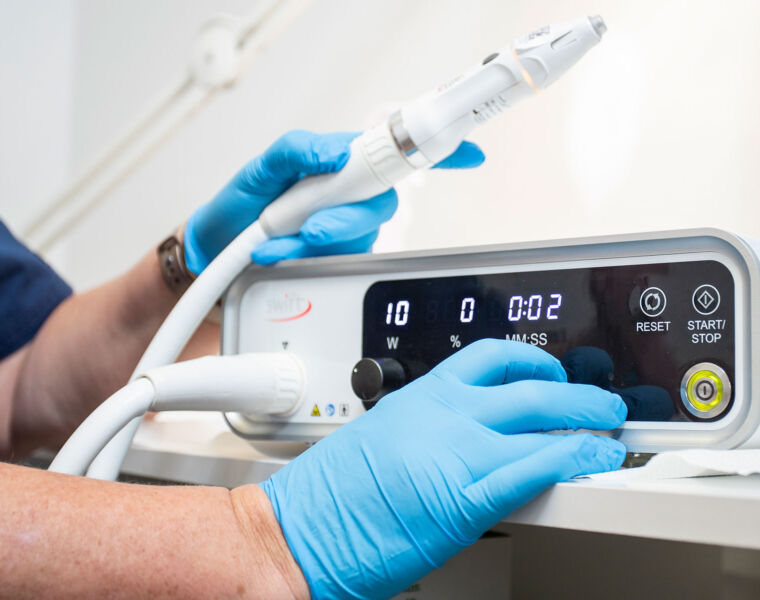
The World Health Organisation has estimated that approximately 3.6 per cent (280+ million) of the planet’s population is suffering from Post-Traumatic Stress Disorder (PTSD). In this guest feature, the Forensic Psychiatrist and author Dr Soham Das explains what it is, the symptoms and some of the ways to overcome it.
Before I tell you about the warning signs for PTSD, it might be helpful to break it down. In a nutshell, PTSD is a serious mental health condition triggered by a terrifying event, classically as combat exposure, physical or sexual abuse, severe violence, or a life-threatening accident. Plane crashes, torture, kidnapping and terrorist attacks also deserve an honourable mention.
The Symptoms usually start within one month of the traumatic event but sometimes don’t appear until years afterwards. They cause significant problems in various areas of functioning, including your social life, work and relationships.
Although there is a range of symptoms, from my clinical experience, these would be the main warning signs:

1). Re-living the trauma. More than mere intrusive memories, this is when you are literally transported back to the trauma. You might re-experience the sights, sounds and even smells. You might suffer the same degree of terror.
2). Hyper-vigilance. This is clever psych-speak for always being on edge and easily startled. Do loud noises suddenly frighten you? Do sudden movements send shivers down your spine or make you flinch?
3). Connected to hyper-vigilance is hyper-sensitivity to danger, even when it isn’t necessarily there. Have you suddenly stopped trusting people? Does everyone walking behind you in the street seem like a potential creepy attacker? Are you scanning for fire exits when you walk into a building?
4). Avoidance is a huge core symptom. This occurs for any number of triggers that directly remind you of the trauma. For example, after a life-threatening car accident, you might avoid motorways or even getting into cars altogether. You might avoid a particular place, such as where an armed robbery occurred.
5). Emotional or cognitive avoidance is connected to the above. This is avoiding actually having to think about the trauma itself. This might be evading conversations, refusing to go to the police or making excuses to not attend therapy, knowing that it will drag up painful memories.

6). Detachment might occur, either towards your friends or family from your previous hobbies, activities or work.
7). Connected to this would be emotional numbness. Despite the significant overlap, this is different to depression / low mood (which can also occur). Emotional numbness is being devoid of all feelings.
8). Finally, in my experience from speaking to dozens of sufferers of PTSD, an often-overlooked aspect is guilt and shame. Sometimes this can be understandable (I have seen patients who were driving in a horrific car accident, which has cost the lives of a loved one); in many cases, I have seen it can be inexplicable. Sometimes the sufferer is clearly the victim (such as in a sexual assault); these feelings, although illogical, can be inescapable.
In my line of work assessing mentally disordered offenders in court and prisons, although rare, I have come across a few cases where PTSD has directly led to aggression and even violent offending. One case that sticks in my mind was a soldier with this diagnosis who had seen his friends and peers literally being blown apart in Afghanistan.
He became triggered, and he lashed out at a shopkeeper in his agitated state. My job was to analyse his mental state and its connection to his actions. I then gave evidence in his criminal case in order to gain some leniency in court.
Overcoming PTSD can be a huge struggle, and there are many different strategies. It might include teaching yourself how to address your symptoms and combat them with relaxation techniques or treating other associated problems (such as depression, anxiety, or misuse of alcohol or drugs).
Several types of psychotherapy are useful. These include cognitive therapy (helping you recognise negative thinking, including harmful beliefs about yourself and unrealistic calculations of the risk of the trauma recurring) and exposure therapy (such as using virtual reality programs that allow you to re-enter the setting in which you experienced trauma).
There is a number of medications that can help improve symptoms of PTSD, such as antidepressants and anti-anxiety tablets, although I would only recommend these in very severe cases and when therapy has failed.
Of course, we are all individuals, so we need to adopt tailor-made treatment strategies. At the risk of sounding like a cliché, help is definitely out there. I have seen dozens of patients gradually improve and eventually manage to step out of this terrible affliction that robs them of happiness, functioning, relationships and their previous lives.
Dr Sohom Das is a Forensic Psychiatrist and the author of the new book In Two Minds: Stories of Murder, Justice and Recovery from a Forensic Psychiatrist; in addition to this, he is the host of the YouTube channel A Psych for Sore Minds.
Read more health features, guides and news here.
![]()




You must be logged in to post a comment.